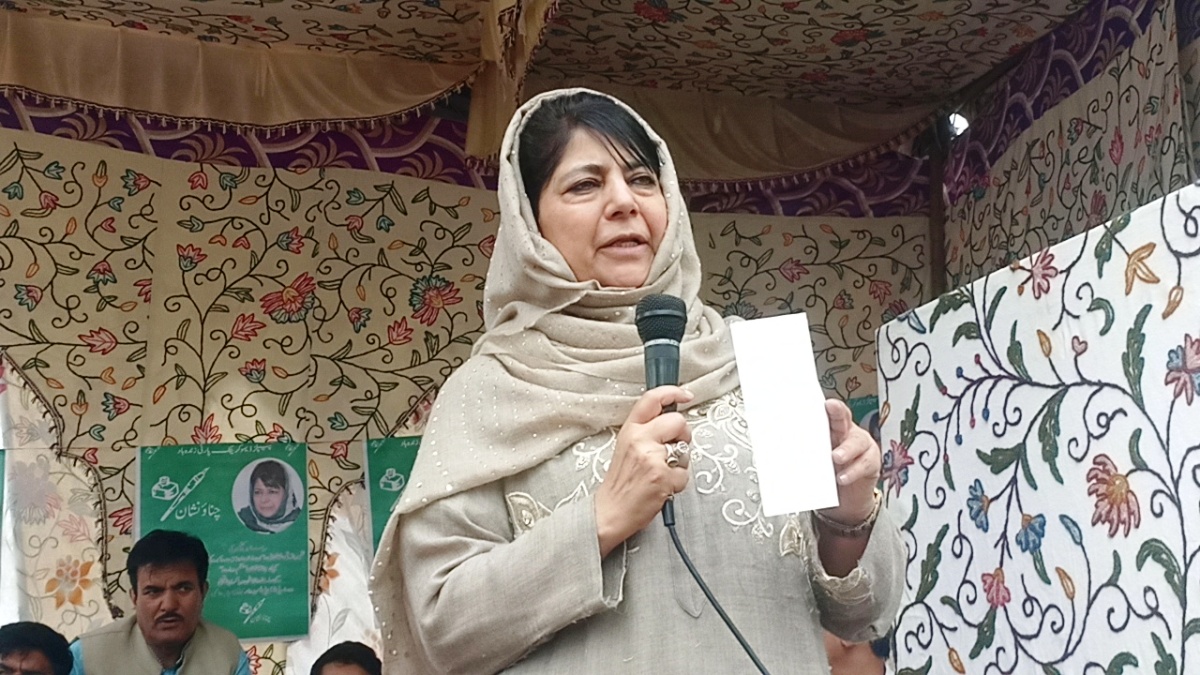KL NEWS NETWORK
SRINAGAR

The major cause of the uprising in Kashmir is the resentment among Kashmiri youth who have come under India’s security apparatus that acts against civilians with impunity, The New York Times said in an editorial on Thursday terming the current unrest as a “major setback for peace”.
“Kashmir is subject to India’s Armed Forces Special Powers Act (AFSPA), which grants the military wide powers to arrest, shoot to kill, occupy or destroy property. The result is a culture of brutal disdain for the local population,” it said, in the editorial titled “Kashmir in Crisis”.
“Once again, the Indian state of Jammu and Kashmir is convulsed in lethal violence pitting stone-throwing youths against armed police officers and security forces.”
It said “troubling questions” about the timing and the circumstances of popular militant commander Burhan Wani’s death “remain unanswered”.

“So too are questions about the apparently indiscriminate use of pellet guns. These and other questions argue for an independent investigation into the use of force by security forces, and for the reform of practices – including censorship, communications blackouts, and those allowed by AFSPA – that are unworthy of India’s democracy.”
“A failure to take these steps will only push more young Kashmiris into militancy, and make impossible a political solution that alone can bring an end to the desperation that has, once again, gripped the region,” it added.
The killing of 22-year-old Wani, a poster boy of militancy, by forces on July 8 triggered massive clashes across Kashmir Valley, leaving at least 47 civilians dead.
“Unrest is a major setback for peace in the long-troubled region claimed by both India and Pakistan, where an insurgency movement peaked in the 1990s, then waned, but never completely disappeared,” NYT said.
It termed the current situation in Kashmir as a “state of siege” where mobile internet, mobile services and basic communication is banned and said it was “profoundly troubling in democratic India”.















